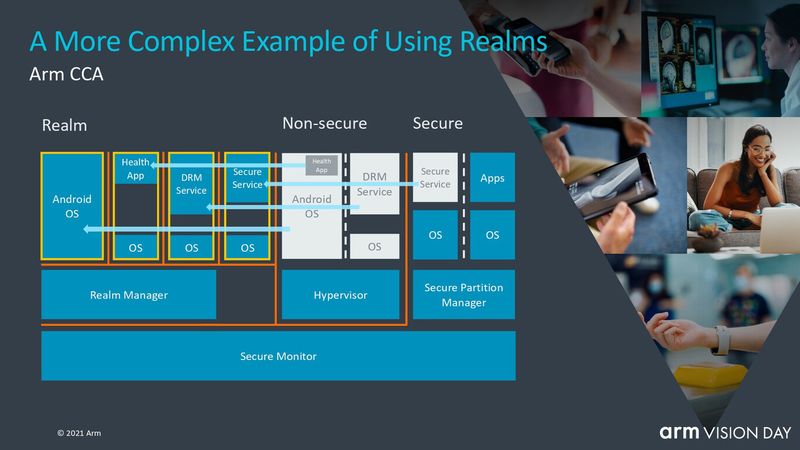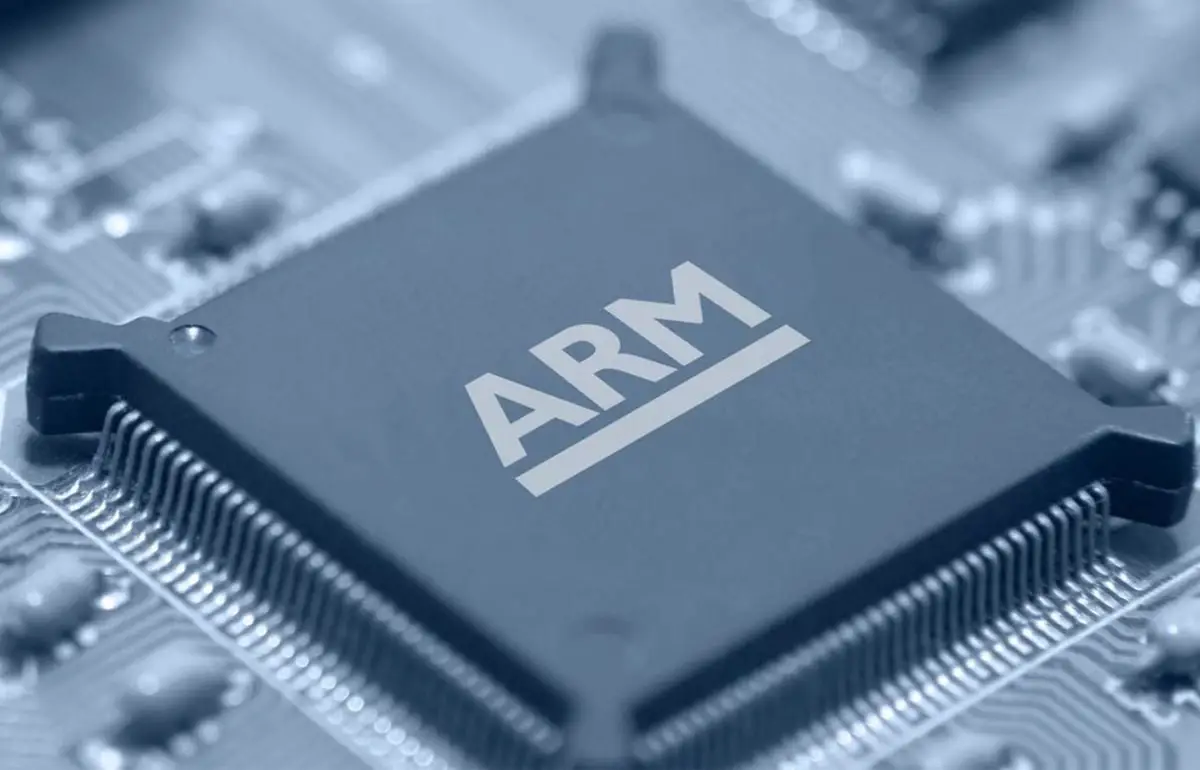ARM is slowly conquering the world. Its business through licensing to manufacturers has allowed it to take a slice of Intel’s market by putting chips in all kinds of phones, laptops, and other devices. Now the company is preparing to take the next big step: A new chip architecture, the first in ten years.
ARMv9 is ARM’s first new architecture in a decade
For most of the last decade, the majority of smartphones that have reached the market have done so under ARM architecture. Apple or Qualcomm for example, two of the biggest contributors to this market with chips, use ARM architecture. Which of them? ARMv8, an architecture that has been around for more than ten years and is finally going to be replaced.
As announced by ARM, the new v9 architecture arrives today. With v9 the British company claims to focus on three main aspects of today’s processor needs: Security, artificial intelligence processing, and computing power.
Starting with the security aspect, the ARMv9 architecture includes ARM’s Confidential Computing Architecture (CCA) functionality. This allows apps to use Realms, which is essentially the ability to protect their private code and data to run in separate environments from other apps or software.

ARM says that ARMv9 processors will also feature ARM’s Scalable Vector Extension (SVE). This is a functionality developed in conjunction with Fujitsu and allows faster processing of data by 5G, virtual or augmented reality in local and especially machine learning. SVE technology is also present for example in the world’s most powerful supercomputer, the Japanese Fugaku. ARM says ARMv9 will include the second iteration of SVE, SVE2.
Regarding power and performance itself, ARM promises performance increases of more than 30% in the next generations of mobile and cloud CPUs. However, there are not many details about how they expect to achieve this. As always, we will have to see in practice how CPUs and GPUs perform once they integrate ARMv9 as an architecture.
At the moment there is no set date as to when chips with ARMv9 will reach the market and for consumers. It is an architecture that will be implemented in both mobile processors and GPUs for computers such as servers and supercomputers in the cloud. However, they estimate that the v9 architecture will power 300 billion new ARM-based chips.





